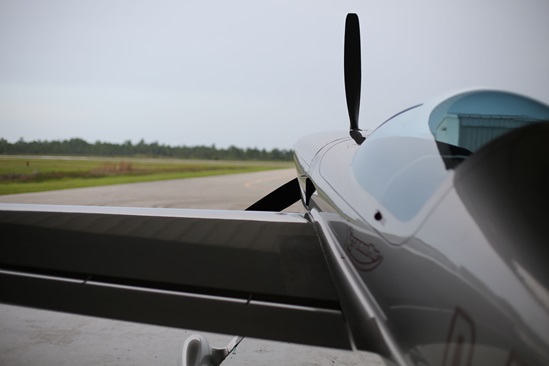Pick the right one
Financing an older jet
“If the model is still in production, there are plenty of options” to finance an older jet, said Adam Meredith, president of AOPA Aircraft Finance Company. For example, the Cessna CJ line has held up extremely well in valuation, and lenders are particularly eager to do deals on them. Alternatively, “The last thing you or a lender wants is an orphaned model where support and maintenance become really expensive and time-consuming,” Meredith said. Financing for orphaned models—if you can get it—likely will come with very high interest rates and shorter terms and amortization.
A brand-new aircraft typically brings with it warranties, fewer squawks, and less down time for the owner. But, if acquisition cost is a factor, then a used jet could make sense—so long as there’s sufficient cash flow to maintain it. Most lenders will consider the age of the aircraft and the total amount of amortization on the loan. Those numbers combined need to be between 25 and 30 years, depending on how strong the model is. On a 2004 CJ2 you could anticipate amortization up to 18 years (2004 - 2016 + 30 = 18). Exceptions can be made to this rule if you’re willing to put more money down than a typical 20 percent.
Adam Meredith is president of the AOPA Aviation Finance Co. and is a commercial pilot.
Aviation Finance content sponsored by Aero-Space Reports
News
That Aero show
 Every April, it’s time for Europe’s biggest general aviation-only event: Aero Friedrichshafen. No military airplanes, no airliners, and no missiles on display here. Those you can see at the Farnborough, England; Paris; or Berlin airshows. At Aero you’ll see everything from electrically powered trainers and experimental solar-powered designs to LSAs and drones at the light end. But turboprops and business jets reign over the display area, which adjoins the exhibit halls. The halls, by the way, are designed as architecturally chic renderings of huge aircraft hangars—right down to wood ceilings. In addition to the exhibit spaces within the “hangars,” there are indoor dining areas—and even a hangar set aside for drone races. Nearby is a truly massive hangar with a history. It’s a hangar from the 1920s, built to construct and house the Zeppelin airships; the Hindenburg’s home was here. And on a grassy mall separating the hangar rows is a beer garden—something you won’t see in an American convention venue, but one that evokes a strong sense of place. You definitely know you’re in southern Germany when you’re at Aero.—Thomas A. Horne
Every April, it’s time for Europe’s biggest general aviation-only event: Aero Friedrichshafen. No military airplanes, no airliners, and no missiles on display here. Those you can see at the Farnborough, England; Paris; or Berlin airshows. At Aero you’ll see everything from electrically powered trainers and experimental solar-powered designs to LSAs and drones at the light end. But turboprops and business jets reign over the display area, which adjoins the exhibit halls. The halls, by the way, are designed as architecturally chic renderings of huge aircraft hangars—right down to wood ceilings. In addition to the exhibit spaces within the “hangars,” there are indoor dining areas—and even a hangar set aside for drone races. Nearby is a truly massive hangar with a history. It’s a hangar from the 1920s, built to construct and house the Zeppelin airships; the Hindenburg’s home was here. And on a grassy mall separating the hangar rows is a beer garden—something you won’t see in an American convention venue, but one that evokes a strong sense of place. You definitely know you’re in southern Germany when you’re at Aero.—Thomas A. Horne



